A cinder block wall can be a great way to add privacy and security to your home. Don’t let your cinder block wall crumble! If you have a cinder block wall on your property, it is important to make sure that you take steps to repair it as soon as possible. A crumbling cinder block wall can be a safety hazard, and it can also lead to water damage and other problems. This blog post will discuss how to repair a crumbling cinder block wall.
Features of Cinder Block Walls
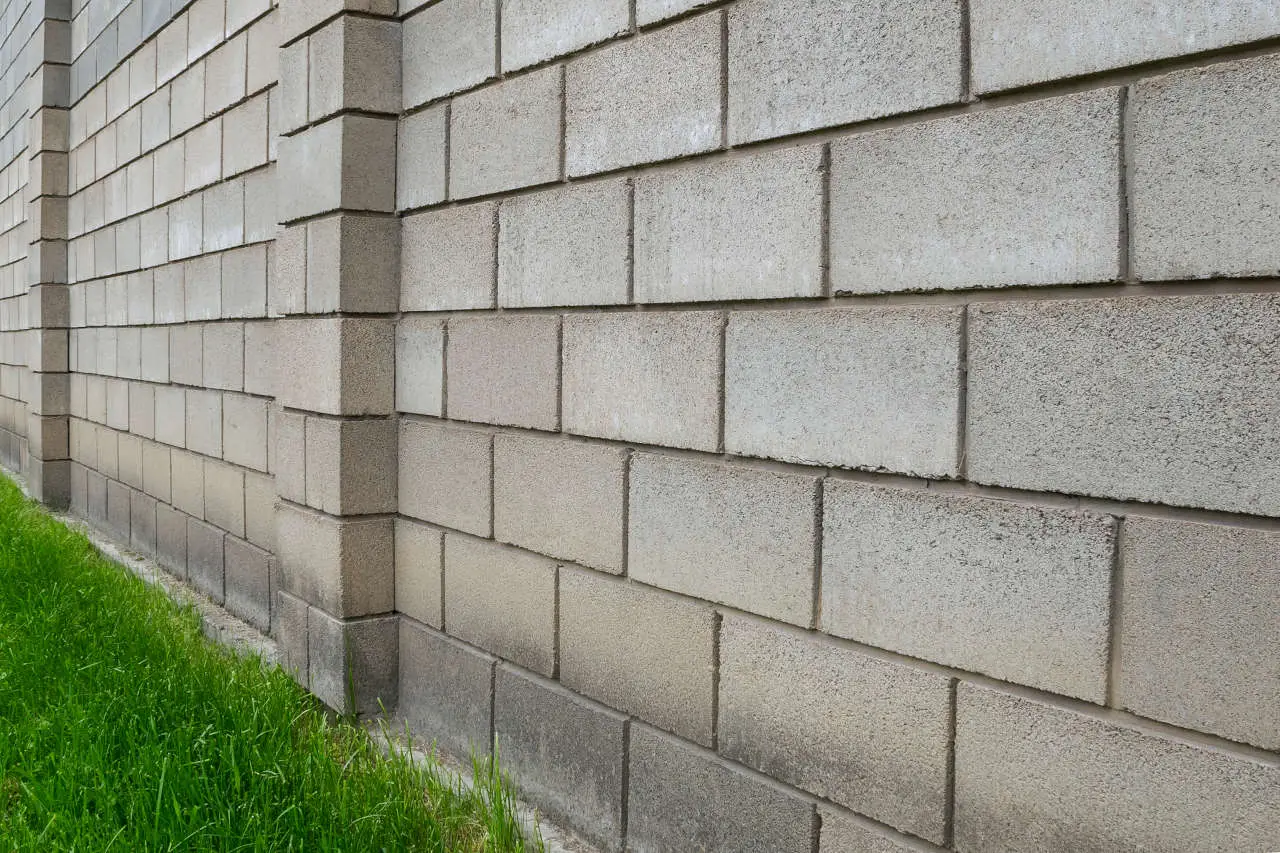
Cinder block walls are a popular choice for both indoor and outdoor construction projects. They offer several advantages over other materials, including longevity, durability, fire resistance, and low cost.
- Strength: Cinder blocks are made from concrete and reinforced steel bars that provide strength and stability to the wall. This makes them ideal for constructing load-bearing walls and boundaries.
- Fire Resistance: Cinder blocks are highly fire resistant, making them suitable for constructing firewalls in commercial buildings and homes.
- Water Resistance: When properly sealed with waterproofing materials, cinder block walls can offer excellent protection from water damage. This makes them an ideal choice for outdoor structures.
- Low Maintenance: Cinder block walls are low maintenance and do not require painting or staining.
- Thermal Mass: Cinder blocks can act as a thermal mass, which helps to keep buildings cool by absorbing heat energy during the day and releasing it at night. This makes them an energy-efficient choice for both residential and commercial buildings.
- Cost: Cinder block walls are relatively inexpensive compared to other building materials, making them a cost-effective choice for many projects.
- Versatility: Cinder blocks are very versatile and can be used for various applications such as foundations, retaining walls, firewalls, garden walls, and decorative walls.
- Environmentally Friendly: Cinder blocks are made from natural materials, making them an environmentally friendly choice for construction projects. They also require little energy to manufacture, reducing the environmental impact of production.
These features make cinder block walls a popular choice for both commercial and residential buildings. They offer excellent durability, fire resistance, and water resistance, making them suitable for a variety of applications. In addition, their low cost and versatility make them an attractive choice for many construction projects.
Overall, cinder block walls are an excellent choice for both indoor and outdoor construction projects due to their strength, durability, fire resistance, water resistance, thermal mass properties, and low cost. They also offer environmental benefits, making them a sustainable choice for many projects [1].
Why Is Your Concrete Foundation Crumbling?
Freezing and Thawing
One of the primary causes of concrete foundation issues is freezing and thawing temperatures. When water enters porous or damaged surfaces, it can freeze during colder months, causing the surface to expand and crack. This repeated cycle of freezing and thawing leads to more damage over time.
Soil Movement
Changes in soil movement caused by improper drainage and soil compaction can also be to blame for concrete foundation issues. If there is too much moisture in the soil, it can cause it to expand and put pressure on your foundation walls. This pressure will eventually lead to the cracking or crumbling of your foundation.
Substandard Work
In some cases, substandard workmanship or materials may be the cause of your foundation’s crumbling. Poorly mixed concrete and incorrect installation can lead to unstable foundations that crack over time. It’s important to hire a reputable contractor who has experience installing concrete foundations correctly, to avoid these issues.
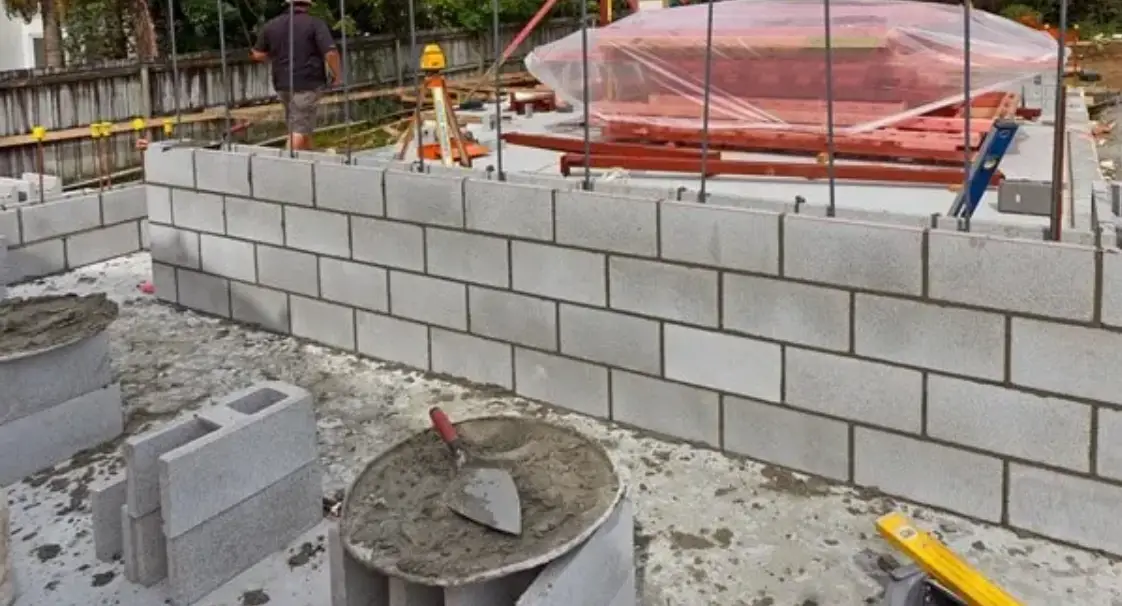
Minerals in the Soil
The minerals in the soil can also cause your concrete foundation to crumble. Certain minerals, such as calcium and magnesium, are naturally found in the soil. When these minerals come into contact with water or moisture, they dissolve and form an alkaline solution that reacts with the concrete, causing it to weaken and eventually crack.
De-icing Salt
One of the biggest culprits of concrete foundation problems is de-icing salt. When spread on driveways, sidewalks, and patios, these salts can make their way into cracks in the concrete, weakening it over time. The reaction between the salt and water can also cause corrosion to occur, leading to further damage to your foundation.
Too Much Water
If there is too much water in the soil around your foundation, it can cause the concrete to become unstable, leading to cracks and eventual crumbling. Proper drainage systems and grading should be installed to ensure that excess water is directed away from your home’s foundation.
Tree Roots
The root systems of trees surrounding your house may also be damaging your foundation. As the roots grow, they can push against your foundation walls, causing cracks or other damage over time. If you notice any trees close to your home’s foundation, it’s important to have them removed as soon as possible to avoid further damage.
Improper Maintenance
Finally, improper maintenance or neglect can be a major factor in crumbling concrete foundations. It’s important to inspect your foundation regularly and address any issues as soon as they arise. This will help keep your foundation in good condition and reduce the risk of major damage over time [2].
Things You Will Need to Repair a Crumbling Cinder Block Wall
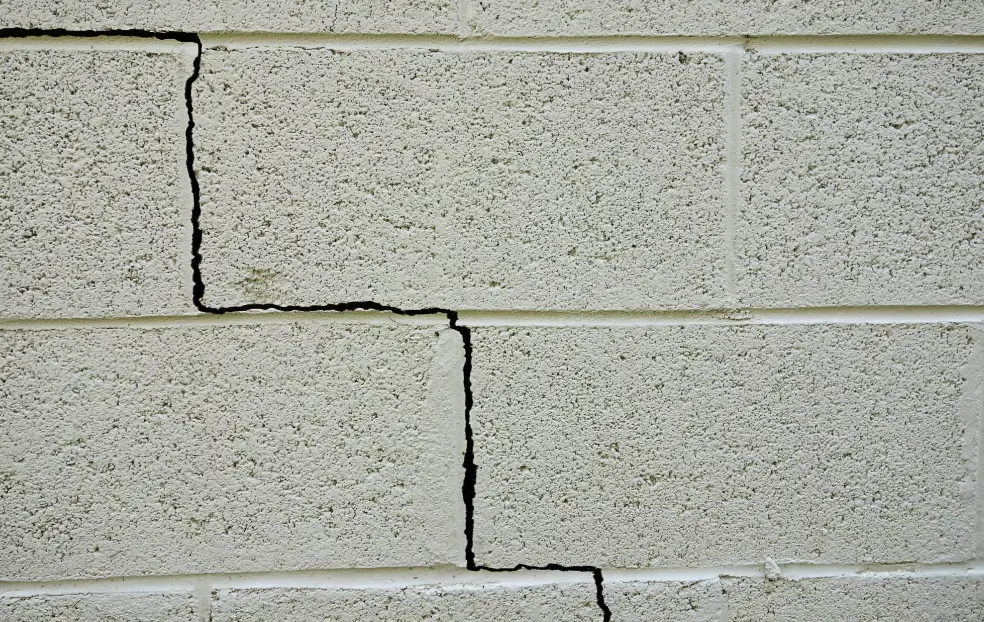
There are different tools, materials, and devices you will need to repair a crumbling cinder block wall.
Caulking Gun: A caulking gun is necessary to apply the appropriate type of sealant or adhesive along the cracks in the wall. You can choose from manual or electric versions, depending on your needs and budget.
Masonry tools: For cutting blocks, filling joints, and chiseling out cracked blocks, you’ll need some masonry tools. These include a mason’s hammer, trowels, brick sets or pointing tools, mortar hoes or mixing paddles, and an angle grinder.
Mortar mix: To repair the crumbling cinder block wall, you will need to use a mortar mix, which is a combination of sand and cement that binds the blocks together.
Tuck-pointing tool: This is used for repointing or replacing cracked and crumbling mortar joints in between cinder blocks.
Sealant: To prevent water from seeping into the wall, you may need to apply a sealant along the cracks in the wall.
Waterproofing material: If the cinder block wall is exposed to water, you will need to use waterproofing materials such as tar or rubberized membrane to protect it from further damage.
Protective gear: It’s important to wear protective clothing and equipment when working on the wall, such as goggles, gloves, and a dust mask to protect your eyes and skin from mortar or debris.
These are the basic tools and materials you will need when repairing a crumbling cinder block wall. With these items in hand, you can tackle your repair project with confidence.
Preparing The Surface for Repairing a Crumbling Cinder Block Wall
Before any repair can be done to the crumbling cinder block wall, you must first prepare the surface. This will ensure that when you are ready to begin repairing the wall, the new material will adhere properly and last for years to come.
Start by using a wire brush or an angle grinder with a masonry bit attached to remove all of the loose material on the wall. You will want to scrape and brush off any flaking or crumbling paint, dirt, and debris. Be sure to wear a dust mask if you are using power tools as this can create a lot of dust.
Next, use an acid-based cleaner that is suitable for masonry to clean the wall. Be sure to follow the manufacturer’s instructions and safety precautions when working with this type of cleaner. This will help remove any dirt and stains that may have accumulated over time, making it easier for the repair material to adhere properly.
Finally, you will want to use a concrete sealer on the wall before beginning any repairs. This will help protect the wall from moisture and other elements, making it much easier for the repair material to adhere properly and last longer.
Methods to repair a crumbling cinder block wall
Patching Cracks with Concrete
The first step in repairing a crumbling cinder block wall is to patch any cracks that may be present with concrete. This will create a strong and secure bond between the existing wall and the newly applied material. This can be done by using a trowel or mortar gun to fill in the cracks with an appropriate amount of concrete mix. For larger cracks, mesh reinforcing may need to be applied to keep the repair secure.
Replacing Blocks
In some cases, it may be necessary to replace blocks that are crumbling or have broken off completely. To do this, you will need to first identify which blocks need replacing and then measure them accordingly. Once the measurements have been taken, you will need to purchase similarly sized cinder blocks and then begin the process of removal and installation.
Stabilizing Existing Wall
If your wall is fairly stable, but still prone to crumbling or cracking, a good way to help stabilize it is by adding an anchoring system at regular intervals along the surface. This can be done by drilling holes into the wall and then inserting anchors, such as rebar or anchor bolts. Once these are in place, you can fill the remaining space with concrete to create a strong base for the rest of your wall.
Using Lath and Plaster
Finally, using lath and plaster is another way to repair a crumbling cinder block wall. This technique requires you to use a wire lath, which will be attached to the wall with nails or screws and then filled in with plaster. The plaster will create an even and solid surface along the entire area, helping to keep it from further cracking or crumbling. This can be done by either a professional or a DIY enthusiast if they have the right skills and tools.
However, it is important to remember that this method should only be used on walls that are in otherwise good condition. If the wall is already severely cracked or crumbling, then this technique may not be suitable for your needs [3].
How To Prevent Your Concrete Foundation From Crumbling?
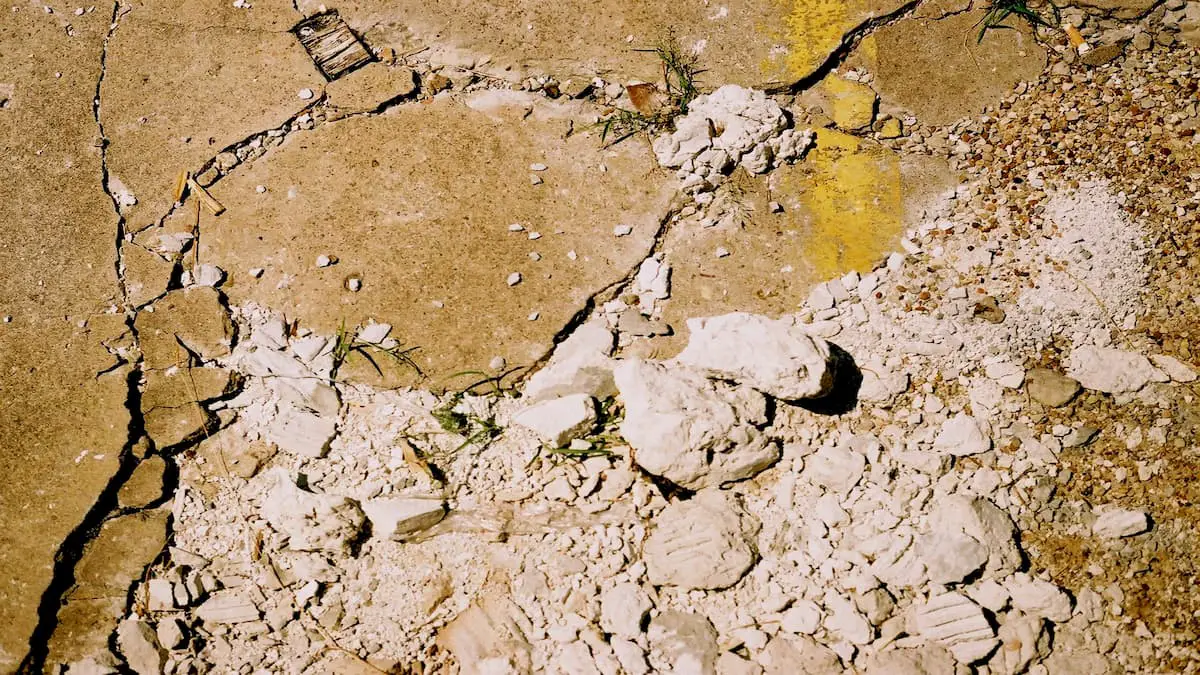
Concrete foundations can be incredibly durable and, if properly maintained, can last for decades. However, it is important to take action to prevent your concrete foundation from crumbling due to age or weathering. Here are a few tips on how to keep your foundation in good shape:
-
- Inspect Your Foundation Regularly: Regular inspections of your foundation can help to identify any signs of damage and allow you to take corrective action before it becomes a major issue.
Inspections should be done annually to check for cracks, bulges, or other signs of wear and tear.
- Keep Gutters Clean: Clogged gutters can cause water to build up around the foundation, which can result in cracks and other problems. Make sure to keep your gutters clean and free-flowing so that water can be diverted away from the foundation.
- Use Proper Drainage: Improper drainage around the foundation can lead to a buildup of moisture, which can cause damage to the concrete. Make sure that any landscaping or grading you do is done with proper drainage in mind.
- Maintain Your Foundation: Regular maintenance is key to a long-lasting foundation. Be sure to use the right sealants and waterproofing products to protect your concrete from damage caused by water, ice, and other elements.
- Consider a Cover: If you live in an area prone to extreme weather or temperature fluctuations, consider adding a cover or awning to your foundation. This will provide extra protection and insulation from the elements.
- Repair Damage Quickly: If you do notice signs of damage on your foundation, take action as quickly as possible to repair it before it gets worse. Proper maintenance and regular inspections can help to prevent further damage, so be sure to address any issues as soon as they appear.
Taking these steps can help to ensure that your concrete foundation remains strong and durable for many years to come. Investing in preventive maintenance now can save you money down the line, so don’t hesitate to take action today [4]!
FAQ
How do you repair a damaged cinder block wall?
The best way to repair a damaged cinder block wall is to use a high-quality masonry patching compound. First, clean the area around the damaged cinder block with a wire brush and remove any loose or crumbling mortar. Make sure that all edges are smooth. Next, apply the masonry patching compound to the damaged area, using a trowel. Allow it to dry completely before lightly sanding down any rough spots and applying a second coat if needed.
Finally, finish off by painting the repaired area with exterior paint for added protection against future damage.
Can I add insulation to my cinder block wall?
Yes, you can add insulation to your cinder block wall in order to help keep your home more energy efficient. Pre-cut pieces of polystyrene foam board insulation can be applied directly to the wall with construction adhesive or masonry screws.
Make sure to seal any seams with caulk and apply a vapor barrier over the insulation for added protection. Additionally, you can also fill in any gaps between cinder blocks with expanding foam insulation to help keep cold air out and warm air in.
Are cinder block walls fireproof?
No, cinder block walls are not fireproof, however, they do provide an additional layer of protection against fires since they are made from dense concrete material that is difficult to burn through.
It’s important to note that all combustible materials such as wood framing should be kept away from cinder block walls to reduce the risk of fire.
Additionally, it’s recommended that you install insulation and a fireproofing material such as drywall or mineral wool to provide an extra layer of protection against fires.
Can cinder blocks be recycled?
Yes, cinder blocks can be recycled. The best way to recycle them is by contacting your local recycling center for specific instructions on how to dispose of them correctly. Alternatively, you may also be able to find a recycling facility nearby that accepts cinder blocks for repurposing into other materials such as gravel or fill dirt. Finally, if all else fails, many municipalities allow for cinder block disposal at their local landfills which should accept them free of charge.
Can crumbling cement be fixed?
Yes, crumbling cement can be fixed with a high-quality masonry patching compound. First, remove any loose or crumbling concrete material from the area and make sure that all edges are smooth. Next, apply the masonry patching compound to the damaged area using a trowel and allow it to dry completely.
Finally, finish off by lightly sanding down any rough spots or applying a second coat if needed. Additionally, you may also want to consider applying the waterproof sealant to the repaired area for extra protection against future damage.
How do I know if my cinder block wall needs reinforcement?
Cinder block walls should be inspected regularly for signs of deterioration such as cracks, spalling (flaking), bulging, or crumbling of the mortar. If any of these conditions are present, your cinder block wall may need reinforcement. The best way to reinforce a cinder block wall is by installing steel rebar or mesh reinforcement inside each block before applying new mortar.
Additionally, you can also use epoxy cement to help add extra strength and stability to the wall. It’s important to contact a professional masonry contractor if you are unsure about how to properly reinforce your cinder block wall.
Can I paint my cinder block wall?
Yes, you can paint your cinder block wall to spruce up its appearance and make it more aesthetically pleasing. However, it’s important to properly prepare the surface first by cleaning it with a pressure washer and filling any cracks or holes with mortar. Once the wall is dry, use a primer designed specifically for masonry surfaces to seal it before applying two coats of exterior paint.
Be sure to let each coat fully dry in between applications and finish off by adding sealant over the finished paint job for added protection against weathering and wear.
What causes cinder blocks to crumble?
Cinder blocks can crumble due to exposure to moisture and weathering. If cinder blocks are left unprotected against the elements for too long, they may start to weaken and break down.
Additionally, improper installation or poor-quality mortar can also cause cinder blocks to crumble prematurely. To prevent this from happening, it’s important to make sure that your cinder blocks are properly sealed with a waterproofing sealant such as epoxy sealer and that high-quality mortar is used when installing them.
How do you strengthen crumbling concrete?
You can strengthen crumbling concrete by applying a high-quality masonry patching compound. First, remove any loose or crumbling material from the area and make sure that all edges are smooth. Next, apply the masonry patching compound to the damaged area using a trowel and allow it to dry completely. Finally, finish off by lightly sanding down any rough spots or applying a second coat if needed. Additionally, you may also want to consider applying the waterproof sealant to the repaired area for extra protection against future damage.
Useful Video: How to Repair a Crumbling Foundation Video 1 of 3
Conclusion
Fixing a crumbling cinder block foundation is a big job and can be expensive. But it’s essential for the longevity of your home, and the safety of its occupants. It may require a combination of methods such as underpinning and crack repair to ensure that no further damage occurs in the future.
Consulting with an experienced masonry contractor or structural engineer is the best way to determine what needs to be done and how much it will cost. With proper maintenance and repairs, a cinder block foundation can easily last for many years to come. Overall, a cinder block foundation requires periodic maintenance just like any other part of your home to perform properly over time.
References
- https://civiltoday.com/construction/wall/330-cinder-block
- https://www.foundationprosfl.com/how-to-repair-a-concrete-foundation-thats-crumbling/
- https://www.wikihow.com/Repair-Cinder-Block-Walls
- https://www.dalinghausconstruction.com/blog/how-to-repair-your-concrete-foundation-thats-crumbling/











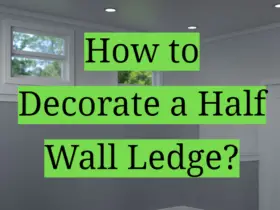


Leave a Reply